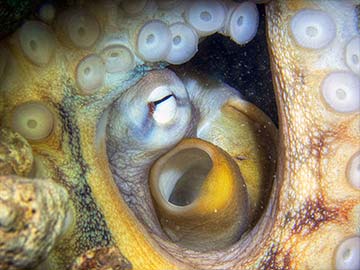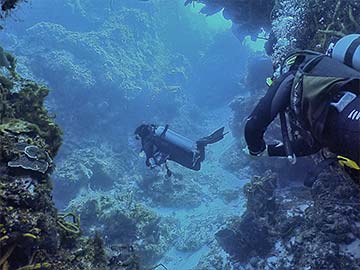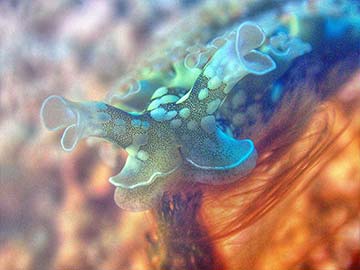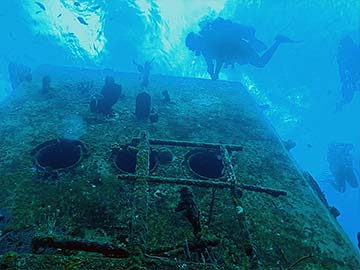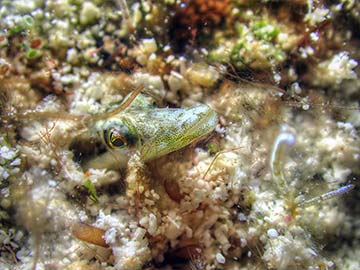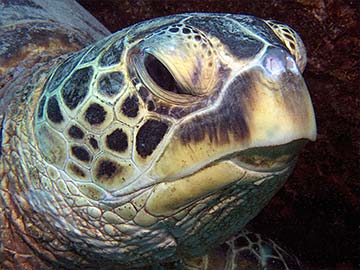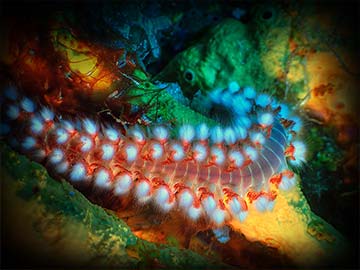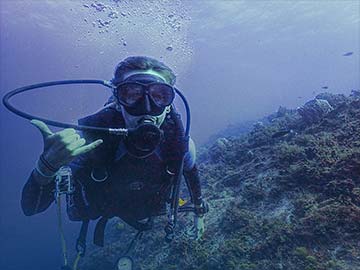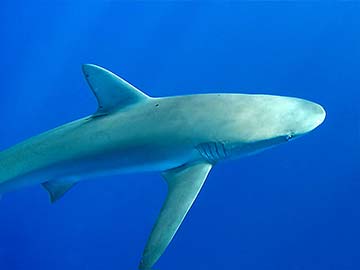Scuba Diving Hawaii
DIVE DESTINATION GUIDE
Hawaii has to be one of the most underrated dive destinations simply because most people have no idea what they are talking about when it comes to diving in Hawaii. Some people may have even gone diving there and been unimpressed, but diving in Hawaii has a real nuance, as well as several incredible diving opportunities, though granted, you may have to spend a few months to get some of these epic dives. Here are several reasons to re-think Hawaii for scuba diving.
Top Six Reasons Hawaii Scuba Diving Is Underrated
1) Fewer places offer better big animal encounters – From whales singing on your dive all winter long (and sometimes swimming by on your dive too), to multiple species of dolphins in the area, to whale sharks and many other large pelagic species cruising by, to the tuna hunting mackerel scad above the wrecks, to the incredible variety of shark diving opportunities, to the famed manta ray dives off Kona coast, to the abundance of huge Hawaiian green sea turtles, Hawaii is consistently epic big animal diving.
2) Incredible variety and abundance of hard corals – Many people are more used to Caribbean diving where sponges and soft corals grow in the much calmer ocean. Hawaii's legendary surf can create massive water movement and surge that would quickly damage soft corals. Thus, hard corals thrive, and in many of the more common dive sites, there are massive reefs of truly exquisite hard corals.
3) Since there isn't as much movement in the reef, it is much easier to spot octopus. The Hawaiian Day octopus is very active during the day. It's not a matter of if you'll see one, but how many.
4) Arguably the world's moray eel diving capitol -- The lack of large native groupers allows the eel population to flourish. Over 40 species of eels can be found in Hawaii
5) Being out in the middle of the ocean, in one of the most remote lands in the world, Hawaii has a high number of native endemic species, found nowhere else in the world.
6) Lava rock reefs are also somewhat unique to Hawaii. While there are many volcanic islands in the world, the Hawaiian island's volcanoes are the type that tend to have slower, less explosive eruptions, with lots of lava flow. When that molten lava from a volcanic eruption is cooled by the ocean, igneous rocks are formed. Depending on the waves, currents, and a variety of other factors, helps shape how this lava forms and eventually, erodes into sheer cliffs, caves, tunnels, swim-throughs, and various other formations.
Hawaiian Islands
Each of the Hawaiian islands has its own character and flair. Many visitors choose one or two islands to visit per trip.
Oahu
Dive sites not to miss:
- Horseshoe Reef / Horseshoe Gardens / Kewalo Pipe -- These dive site are rather close to each other has to be one of the largest stony coral gardens in the world. You may likely see dozens of eels and multiple octopus.
- Oahu Wrecks: Sea Tiger / YO-257 / Navy Tug / Corsair -- The dive on the Sea Tiger is arguably one of the easiest and most accessible wrecks in the world, with consistently good conditions and lots of wildlife action, including several resident giant Commerson's frogfish. The nearby YO-257 is another great wreck right off Waikiki. The wrecks of the Navy Tug and Corsair are more advanced dives and worth the longer, sometime rough boat ride.
Big Island
* The only dive liveaboard in Hawaii, the Kona Aggressor II, was operating from Big Island, but was decommissioned in early 2022.
Dive sites not to miss:
- Manta Night Dive
- Blackwater Dive
Maui / Molokai
Dive sites not to miss:
- Five Caves at Makena Landing
- Lanai Cathedrals
- Hammerheads
- Black Wall
Kauai
Dive sites not to miss:
- Vertical Awareness, Niihau
- Sheraton Caverns, Kauai
More Hawaii Scuba Diving Links
ScubaPro Blog - Best Hawaii Dive Sites
Scuba Diving Magazine - Ultimate Guide to Scuba Diving Hawaii
BoatSafe Blog - Best 15 Dive Sites in Hawaii




